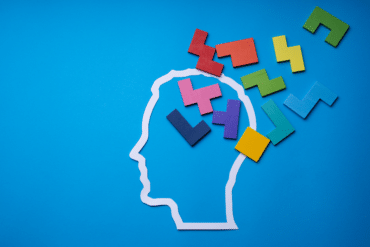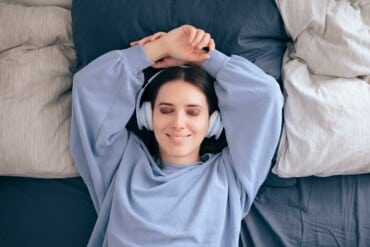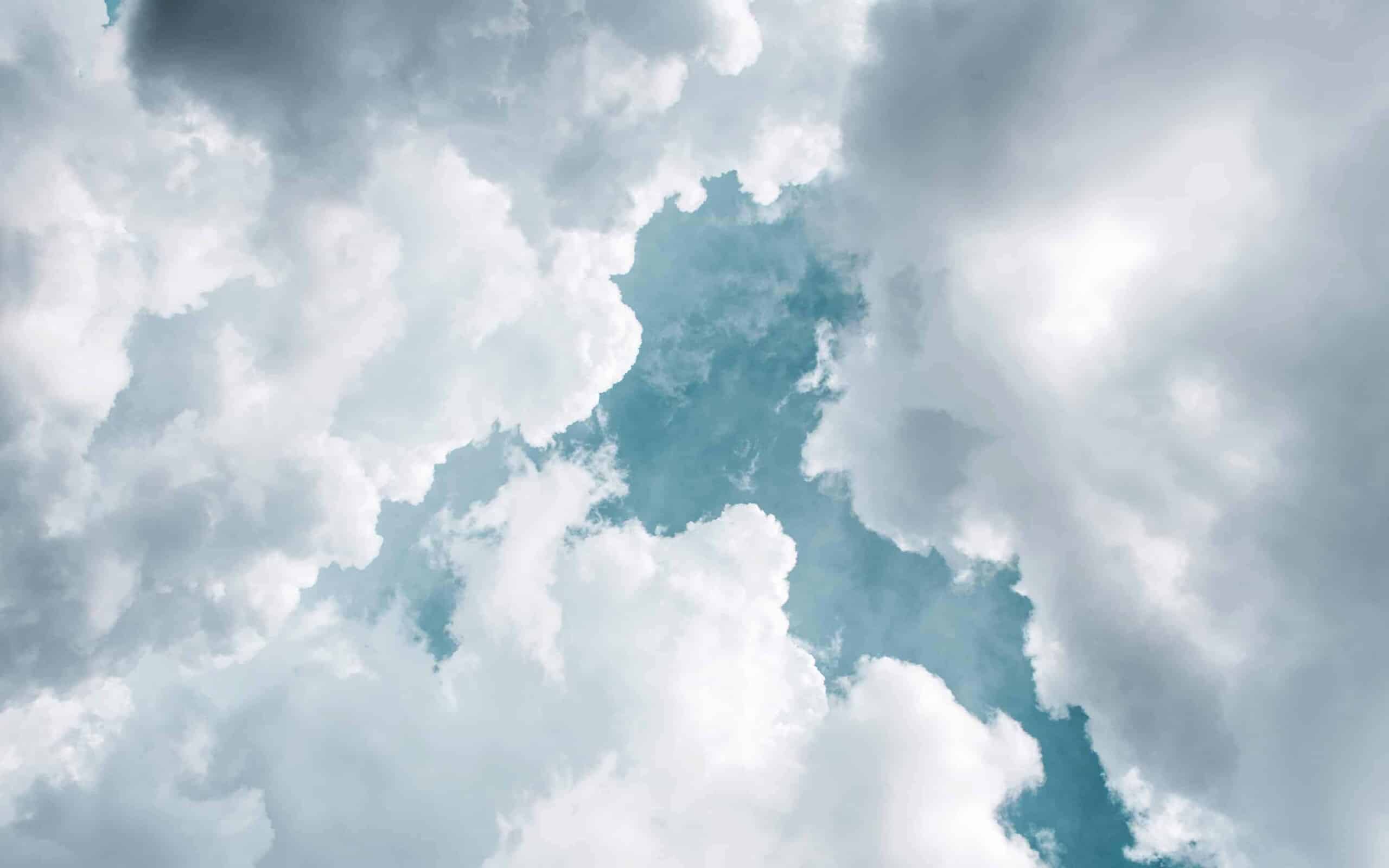Different types of sleepers: What’s your sleep chronotype?
If you’ve ever referred to yourself as a night owl, or an early bird, then you probably know there are different types of sleepers. Today’s post will get you up to date on all types of snoozers.
Our sleep pattern, behaviors, and characteristics can vary from one person to the next, dependent on a range of different factors.
Sleep chronotypes are how scientists and medical experts classify people into different “sleeper groups”. The word comes from “Chrono” meaning time, and “type”, referring to your sleep style.
Primarily, chronotypes are named after animals, often inspired by the different creatures in nature who follow unique sleep patterns. While there’s no “right” chronotype to pursue for a good night’s rest, knowing exactly what kind of sleeper you are can make a difference to your strategy.
If you understand how your body and mind generally approach sleep, you can determine whether you need to change your routine to suit your specific needs. Knowing your sleep chronotype can even help you to become more productive, by ensuring you use your time correctly.
What is a sleep chronotype? The different types of sleepers
Let’s start with the basics: what is a sleep chronotype?
A chronotype is essentially just a classification system used to assist with the understanding of sleep and activity schedules. It highlights when you’re most likely to be active, alert, or sleepy.
While there’s still a significant amount of research to be done into the different types of sleepers, many experts believe our chronotypes are genetically preconditioned.
The “PER3 gene” has a direct impact on our circadian rhythm, and how we sleep. So, your chronotype is partly decided by your genetics, but can also be influenced by the environment around you.
While you might prefer to be a morning lark than a night owl, your body’s preconditioned rest and activity rhythms will likely determine your basic sleep schedule. That is, if you let it!
It’s worth noting that while your circadian rhythm and chronotype are linked, they’re not the same thing. The circadian rhythm refers to the alertness and drowsiness level you feel as a result of your sleep-wake cycle, and internal clock.
Chronotypes are a guide to how your circadian rhythm influence your everyday behavior and productivity levels.
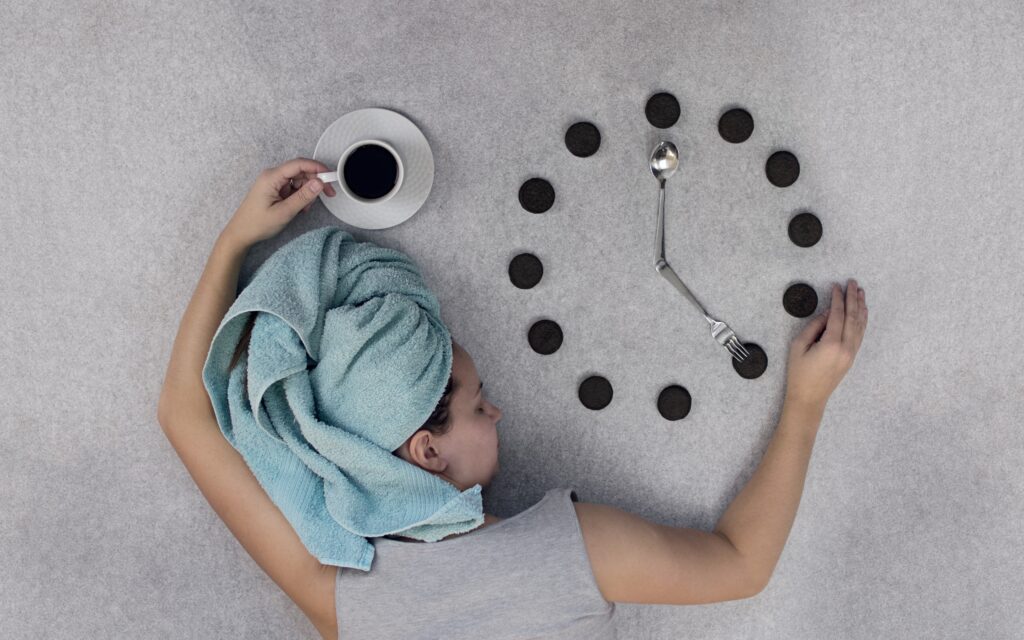
What are the 4 types of sleepers? The main chronotypes
Research into chronotypes and different types of sleepers is still ongoing. The most recent sleep research find substantial proof of a genetic difference in types of sleepers.
However, many analysts focus on 4 core sleeper types, defined by specific animal references.
While most people will fall primarily into one of these categories, you may find your chronotype changes depending on your lifestyle, or that you have characteristics of multiple chronotypes.
Let’s take a closer look at the 4 primary chronotypes.
Types of sleepers: The bear sleep chronotype
The bear sleep chronotype is the most common among most people in the Western world. People in this sleeping category generally follow the standard solar cycle, and don’t have too much trouble sleeping through the night and waking in the morning.
In most cases, bears are more productive in the morning, and may experience a slump in energy during the early afternoon.
Bear sleepers need at least 8 hours of sleep in most cases, and normal sleep hours often fall somewhere between 11pm and 7am. Your schedule as a bear sleeper may be:
- 7am: Wake
- 10am-2pm: Deep focus work
- 2pm-4pm: Lighter tasks
- 5pm-10pm: Relax
- 11pm-7am: Sleep
Bear types who fail to get enough sleep at night may feel more lethargic throughout the day and go to bed earlier than they would normally. Bear chronotypes are usually more extroverted, and can maintain their energy during social interactions.
Types of sleepers: The lion sleep chronotype
The lion is the morning chronotype, characterized by an early waking time, and a relatively early bedtime schedule. This chronotype often feels most active in the morning, and their energy levels peak just before noon, meaning they can get a lot done before lunch.
Lions have no problem waking up in the morning, but they can lose energy drastically after lunch. Afternoon slumps are often particularly significant for lion types, which is one of the reasons so many of these sleepers consider taking an afternoon nap.
Additionally, because they’re often active and ambitious people, lions benefit from having a good wind-down routine before bed to help them decompress and relax. Most lion types, like bears, need around 8 hours of sleep.
A schedule for a lion type might be:
- 6am: Wake up
- 7am-12pm: Deep work
- 12pm-4pm: Lighter tasks
- 5pm-9pm: Wind down
- 9pm-10pm: Nighttime routine
- 10pm-6am: Sleep
Around 15% of the population are lion type sleepers. They exercise early, get to the office early, and showcase a lot of energy during their prime hours. Most lions have type-A personalities, and showcase a lot of charisma and leadership potential.
Types of sleepers: The dolphin sleep chronotype
Dolphins are terrible insomniacs for the most part, sleeping with only half of their brain switched off at any given time. This ensures they can stay alert and aware, but it also means they rarely get a lot of consistent rest.
Dolphins can struggle to wake up in the morning, and only reach their peak productivity levels around the middle of the morning. Similar to the animal, dolphin sleeper types suffer from consistent tiredness, often exacerbated by anxious sleep behaviors.
You may have a harder time falling asleep at night, or sleep restlessly. In some cases, you may even find it helpful to take a quick nap during the day to combat tiredness.
Dolphin chronotypes often fall asleep because their body demands it, rather than willingly giving into sleep. Many of these individuals have problematic sleep quality.
A schedule for a dolphin sleeper might be:
- 7am: Wake
- 8am-10am: Deal with easy tasks
- 10am-12pm: Focused tasks
- 12pm-4pm: Perform easier jobs
- 5pm-10pm: Relax
- 10pm-11:30pm: Prepare for bed
- 12am-7am: Sleep
Around 10% of the population consider themselves to be dolphins. Though often exhausted, these sleepers are highly intelligent, and spend a lot of time thinking about the failures and successes of each day. Dolphins can be a little more introverted than other sleepers, and are often reserved.
Types of sleepers: the wolf sleep chronotype
Wolf chronotypes are the more “nocturnal” sleepers. They’re active and engaged most at night, and feel uncomfortable during the early hours of the day. Wolf chronotypes often spend a lot of time hitting snooze on their alarm clock to ensure they can sustain their bursts of energy.
Usually, wolves have two different “productivity” sessions during the day. They get a burst of energy around noon, and another around 6pm. Similar to the standard night owl, this chronotype likes to stay up late, and struggles getting up in the morning.
A schedule for a wolf chronotype might be:
- 9am: Wake
- 10am-12pm: Light tasks
- 12pm-2pm: Deep or creative work
- 2pm-5pm: Lighter tasks
- 5pm-9pm: Creative work
- 10pm-12am: Prepare for bed
- 1am-9am: Sleep
These nocturnal sleepers tend to be more introverted and creative. They don’t do particularly well in crowds, which might lead to them being defined as a “lone wolf”.
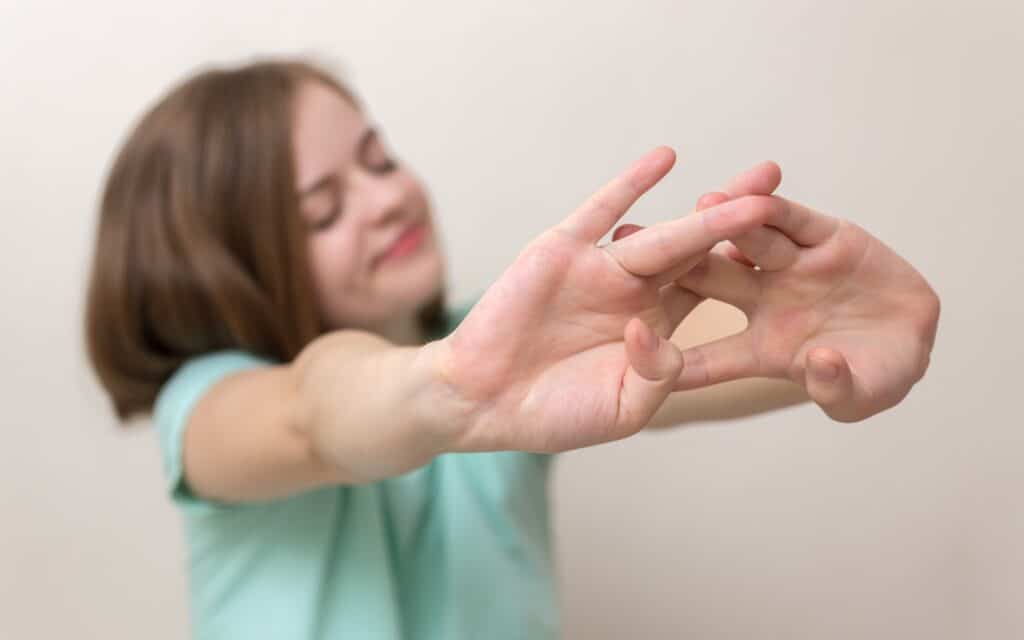
What are the different kind of sleepers? Other chronotypes
Outside of the four chronotypes mentioned above, some additional options that have been suggested over the years. For instance, the Koala chronotype is similar to the bear sleeper, but feels more exhausted throughout the day, and often craves more sleep.
Some professionals simply place different types of sleepers into two categories: the morning lark, or the night owl. The lark is the early riser with more energy before mid-day, while owls lag behind the larks and feel more comfortable during the evening hours.
Depending on where you are in the world, you may be more likely to be an owl than a lark. For instance, in Central Europe, owls are particularly common. There are also people who identify as something between the two options.
“Hummingbirds” are the chronotype used to describe someone who falls between a night owl and a morning lark. They can get up relatively early, but tend to have bouts of energy throughout the day, not just during the morning, and may need to sleep earlier than most.
Scientists have also explored the potential of chronotypes like the “swift”, who is alert throughout the entire day, and “woodcocks” who feel sleepy all the time, regardless of how much they rest.
What type of sleeper is most common?
As mentioned above, in most parts of the world, the bear chronotype is the most common, as it involves following the rhythm of the sun. You wake up with the rise of the sun, and start to feel sleepier when it gets dark outside.
However, you may be less likely to fall into this chronotype if you experience a lot of days with long nights, and not a lot of sunshine.
In general, your sleep chronotype will depend heavily on your genetic makeup, but it can also be influenced by different other factors throughout your life. If you force yourself to go to bed and wake up at a specific time each day, your body will become more accustomed to this pattern.
Because of this, you’re not always restricted to a specific chronotype forever. The way you manage your sleep hygiene can affect how you sleep.
You may be able to alter your chronotype somewhat by changing your diet and routine. For instance, eating carb-loaded meals at night will help the body to prepare for sleep, while lighter meals will keep you energetic in the morning, particularly if they have plenty of protein.
Staying away from caffeine and stimulants will also allow your body to follow its natural rhythm, so you’re less likely to encounter sleep disruptions.
What’s your sleep chronotype?
Your sleep chronotype is defined by a number of factors, including your genetic makeup. The longer your PER3 gene, the more likely you are to be a morning bird or a lion. The shorter your gene, the more likely you’ll need more sleep, and become more of a night owl.
If you’re not sure where you fall among the different types of sleepers, there are chronotype tests you can take online. You can also consider paying closer attention to your sleep habits, so you can define exactly when you have your biggest bouts of energy and sleepiness.
Siestio. Sleep Matters.
General advice disclaimer
This article contains general tips and advice. However, no diet or exercise program should be started without consulting your physician or other industry professional first. For more information read our full disclaimer here.



